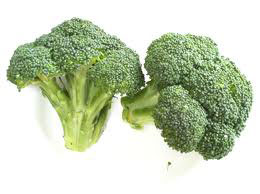 We all want to look and feel our best. More and more, people are striving to eat a balanced healthy diet, exercise and avoid environmental exposures. And every day our bodies are subjected to a variety of insults–UV radiation and exposure to a variety of toxins which contribute to the formation of free radicals in our body.
We all want to look and feel our best. More and more, people are striving to eat a balanced healthy diet, exercise and avoid environmental exposures. And every day our bodies are subjected to a variety of insults–UV radiation and exposure to a variety of toxins which contribute to the formation of free radicals in our body.
Free radicals are unstable molecules which take or scavenge electrons from other molecules. When it takes an electron from a molecule, this second molecule becomes a free radical in return. This triggers a chain reaction where free radicals steal an electron from the nearest molecule, in turn creating a subsequent free radical. Ultimately, this cycle of free radical formation damages a living cell and results in many of the changes seen in the aging body.
Who invited the Free Radicals?
Exposure to free radicals is unavoidable in today’s fast paced world. Free radicals form when we are exposed to UV radiation, stress, herbicides, preservatives or additives in processed foods, environmental toxins (pollution), or if we partake in unbalanced diets or exceed our ideal body weight. Over time, free radicals accumulate and negatively affect our bodies, exacerbating signs of premature aging.
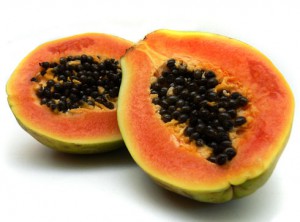 How do I get rid of them?
How do I get rid of them?
Anti-oxidants play a vital role in combating free radicals. Anti-oxidants donate one of their electrons to a free radical, resulting in the creation of a more stable molecule. When they lose an electron, anti-oxidants do not become unstable free radicals themselves because they are stable in either form.
Vitamins E and C as well as carotenoids are some of the most recognizable anti-oxidants. Vitamin E helps to reduce levels of lipid peroxidation, which lessens the risk of cardiovascular disease. It ultimately reduces the amount of LDL (bad cholesterol) oxidation and plaque formation. Vitamin C helps to combat the damage cause by pollution and UV radiation.
Vitamin E rich foods include richly colored vegetables and fruits such as mustard greens, spinach, Swiss chard, kale, collard greens, broccoli, red bell peppers, kiwi fruit, and papaya. Nuts (especially almonds), olive oil and wheat are also excellent sources. Vitamin C rich foods include hot chili peppers, guavas, bell peppers, fresh thyme and parsley, kale, water cress, mustard greens, broccoli, cauliflower, Brussels sprouts, kiwi, papaya, oranges, tangerines and strawberries.
Carotenoids also help combat free radical formation and premature aging. These antioxidant molecules are found in red and yellow bell peppers, carrots, sweet potatoes, tomatoes and citrus fruits. Overall, a good rule of thumb is to have your plate include a variety of rich deep colors such as red, orange, yellow, green, blue and purple. Other excellent sources of dietary anti-oxidants include blueberries, blackberries, raspberries, plums, cherries, pink grapefruit, beets, onions, corn and eggplant.
Avoidance of factors that create free radicals can significantly reduce our formation of free radicals. We can reduce our UV exposure with sun protection, and lessen pollutant loads by avoiding cigarette smoke and other toxins. Stress cannot always be avoided, but dietary changes by far have the ability to make the most significant impact on our bodies. Most people with a higher percentage of body fat have lower levels of antioxidants and a higher free radical load.
Dietary changes are the most manageable alterations. Avoidance of overly processed foods with additives and preservatives is important. Many people adopt more healthy, balanced diets and ultimately feel the changes in their bodies. Others incorporate dietary supplements. Increased energy, weight loss and improved overall health are palpable results, but knowing if these often expensive supplements are comprehensive or even well absorbed, is a common question. With modern technology, there is a non-invasive way to determine a baseline amount of antioxidant carotenoids in healthy skin.
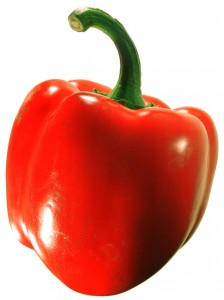 How do I know how I’m doing?
How do I know how I’m doing?
Pharmanex and NuSkin have developed a BioPhotonic Scanner which determines your Skin Carotenoid Score (SCS). The user places their hand in front a low-energy blue light and the optical scanning device measures the SCS in ninety seconds by returning a green light. This technology was based upon work by the Nobel prize winning physicist Sir C.V. Raman who discovered that monochromatic light rays in the visible spectrum can interact with specific molecules, which will return a precise frequency visible light.
This breakthrough detection method ultimately led researchers to determine that patients with macular degeneration have extremely low levels of carotenoids in their retina. Users are now able to quickly assess their skin carotenoid antioxidant levels that can reflect whole body tissue protection. If we use carotenoid concentration as a marker of overall antioxidant levels, we are able to create a more generalized picture of our dietary and lifestyle efforts. This scanner can be a key tool in helping people manage their diets, validating the absorption of vitamins and supplements, and reinforcing lifestyle improvements.
Dr. Hui is the founder of The Eyelid Institute in Palm Desert. She is an Oculoplastic surgeon with a special interest in cosmetic/reconstructive eyelid surgery and anti-aging treatments and can be reached at 760.610.2677. Dr. Hancock is Board Certified by the American Board of Radiology in both Diagnostic Medical Imaging and Neuroradiology. He is the Director of Neuroradiology at Desert Medical Imaging and can be reached at 760.694.9559.
Resources: First in the Archives of IM 2011; 171: 507-515-”Serum alpha carotene concentrations are inversely associated with risk of death from all causes, cardiovascular disease, cancer and all other causes. These finding support increasing fruit and vegetable consumption as a means of preventing premature death.” http://archinte.ama-assn.org/cgi/content/short/171/6/507; Journal of the American Heart Association, Diets rich in antioxidants may be linked to reduced stroke risk in women. over 31,000 women in the study. 46-57% reduction! http://newsroom.heart.org/pr/aha/vegetables-fruits-grains-reduce-219833.aspx; S. Schlücker et al. (2011). “Design and synthesis of Raman reporter molecules for tissue imaging by immuno-SERS microscopy”. Journal of Biophotonics (4) 6: 453–463.







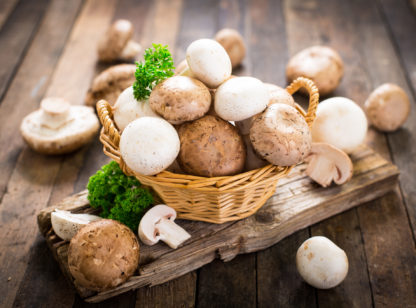

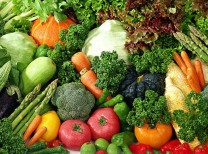

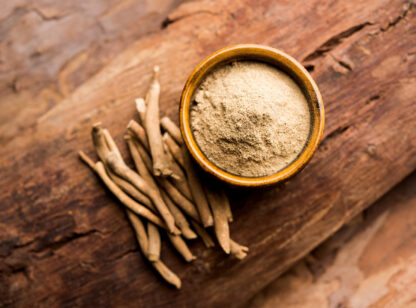
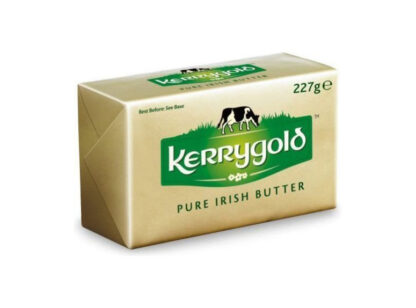



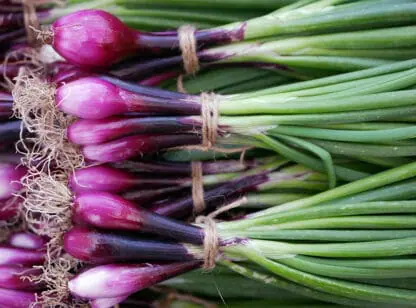
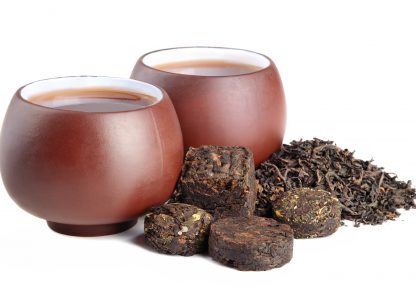


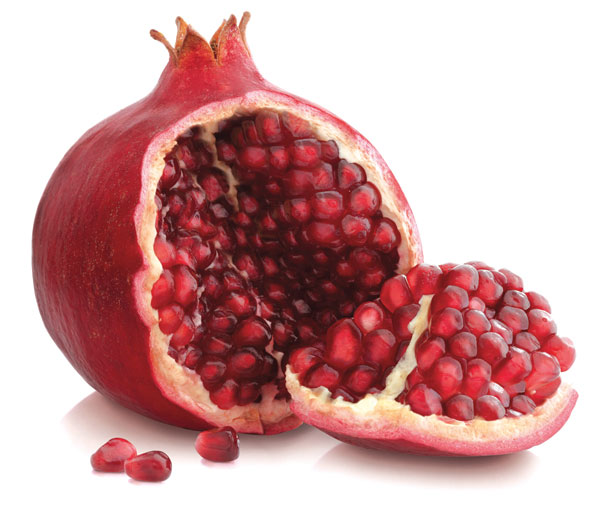





























Comments (0)